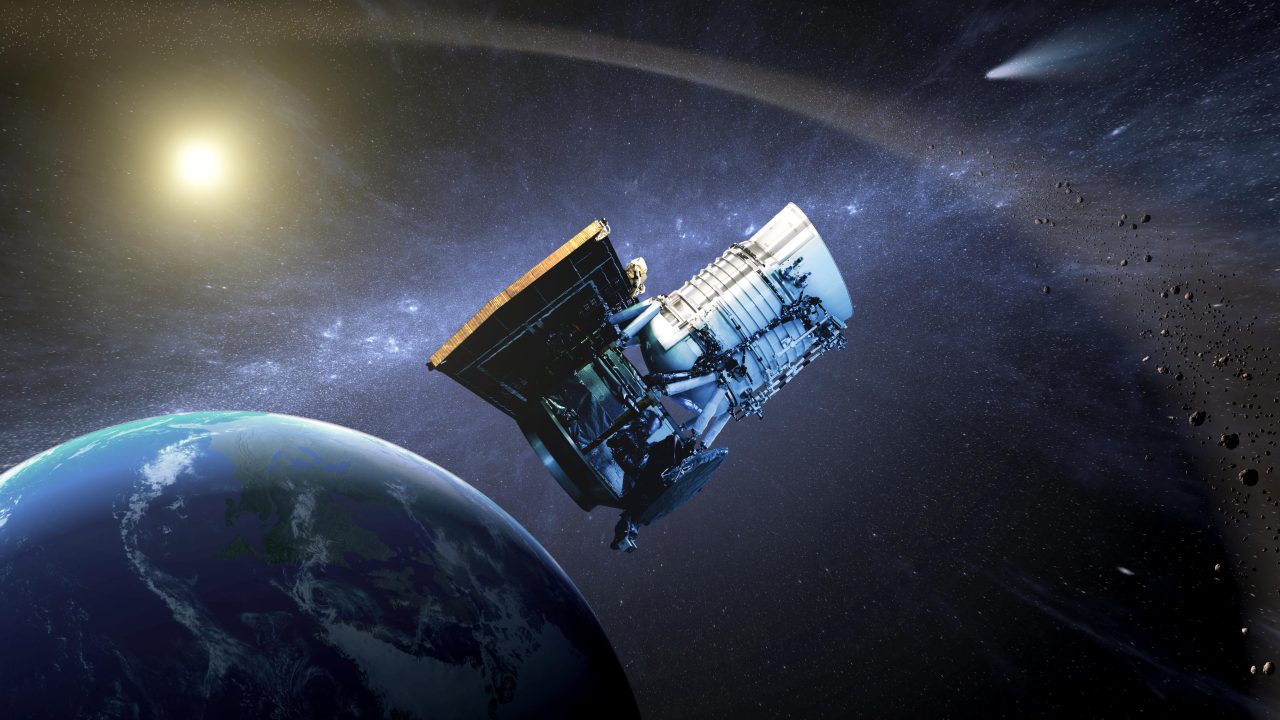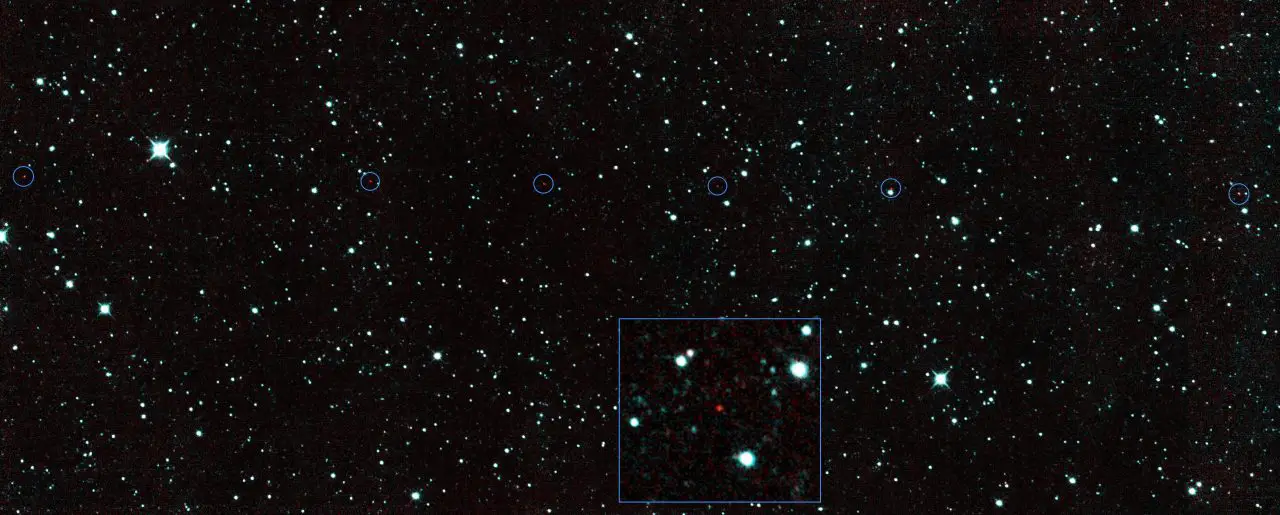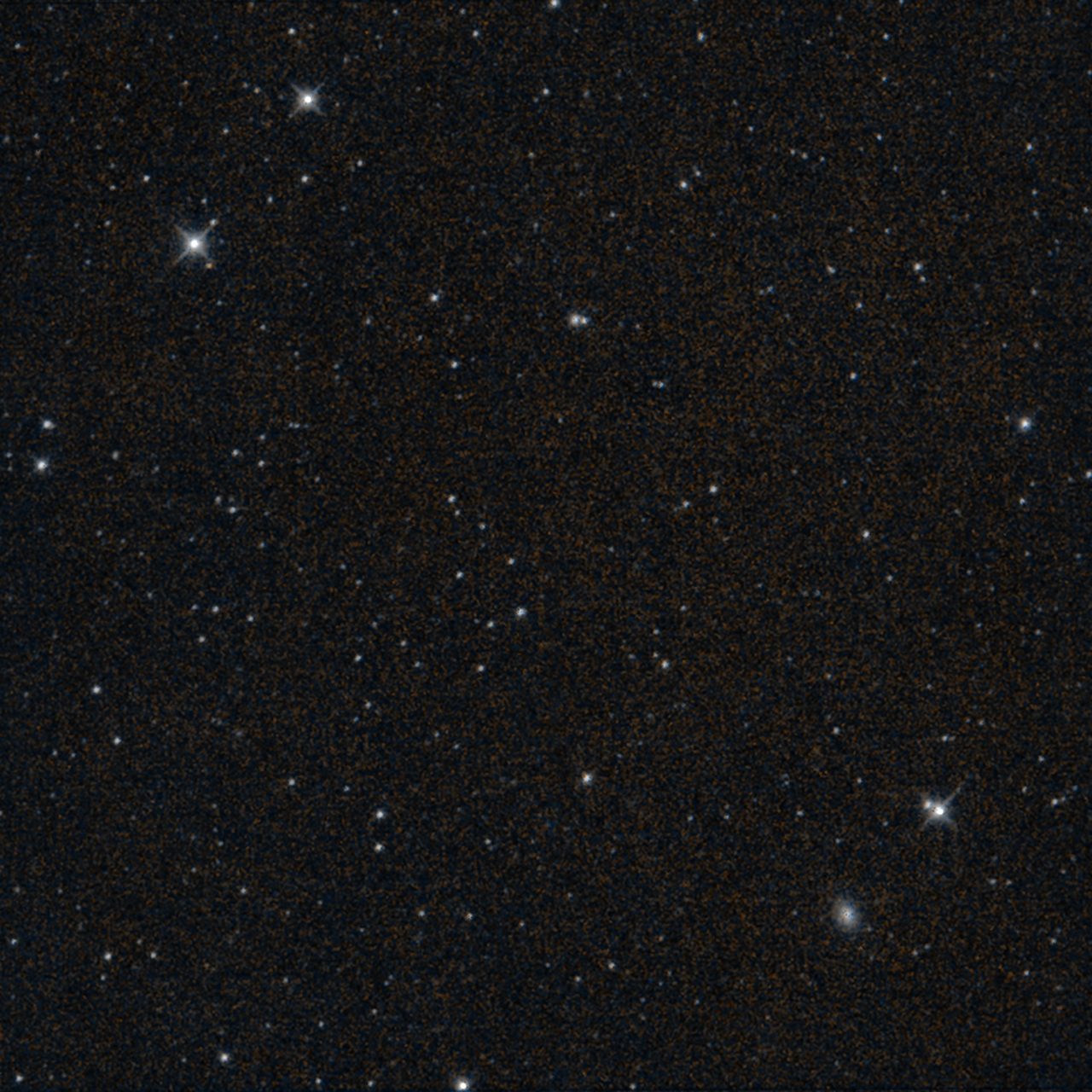On August 8, 2024, the National Aeronautics and Space Administration (NASA) announced the end of the mission of the infrared astronomy satellite “NEOWISE”. The NEOWISE satellite, which has completed its operation, is expected to re-enter the Earth's atmosphere and burn up around the end of 2024.[آخر تحديث: 16 أغسطس 2024 الساعة 10:00]
NEOWISE was originally launched on December 14, 2009, as an astronomical satellite of the WISE (Wide-field Infrared Survey Explorer, WISE) mission to observe the entire sky using infrared light. The original goal of observing the entire sky in four wavelength bands (3.4 μm, 4.6 μm, 12 μm, and 22 μm) was achieved by July 2010. Despite the exhaustion of the solid hydrogen coolant in September 2010, observations of asteroids in the asteroid belt were made for four months using two detectors (3.4 μm and 4.6 μm) that could operate without a coolant, and satellite operations ended in February 2011.

Next, the new WISE satellite mission, NEOWISE (Near-Earth Object Wide-field Infrared Survey Explorer), will launch in December 2013 under NASA's Near-Earth Object Observations Program, the predecessor to the current Planetary Defense Coordination Office.
According to NASA, the all-sky map produced by the NEOWISE mission includes 1.45 million detections of more than 44,000 celestial bodies in the solar system. The NEOWISE satellite has discovered more than 3,000 near-Earth objects, including 215 newly discovered objects through NEOWISE observations. The NEOWISE satellite has also discovered 25 comets, including Comet NEOWISE (C/2020 F3), which became a hot topic in 2020.
Related Articles
・Time-lapse video of the entire sky captured over 12 years NASA's NEOWISE satellite results (November 28, 2022)
・Next is Comet NEOWISE, over 5,000 years away, best shot with a huge telescope against a starry sky (July 26, 2020)
-Advertising link-


The NEOWISE satellite's science observations will end on July 31, 2024, and the final command to turn off the satellite's transmitter was sent on August 8, 2024, after the end of the science data transmission. As of this writing, the NEOWISE satellite is in an orbit with an altitude of 349 km x 346 km and an orbital inclination of 97.14 degrees, which is lower than the International Space Station (ISS) which orbits at an altitude of about 400 degrees. km.
Currently, solar activity, which has a cycle of about 11 years, is peaking, and the Earth's atmosphere, heated by the Sun, is expanding compared to when solar activity is quiet. Objects in low Earth orbit are slowed down by the drag of the thin atmosphere, but during periods of high solar activity they face stronger drag from the expanding atmosphere. The NEOWISE satellite, which has no propulsion system to maintain its orbit, is expected to lose altitude rapidly and enter the atmosphere around the end of 2024.


In addition, NASA plans to launch the NEO Surveyor infrared space telescope in September 2027, which will specialize in observing near-Earth objects. NEO Surveyor aims to detect more than 90 percent of near-Earth objects 140 meters or larger during its five-year mission, and will take over NASA's mission to search for potentially hazardous asteroids from NEOWISE.
source
- NASA NASA mission concludes after years of successful asteroid discovery
- NASA/JPL NASA NEOWISE's infrared legacy will continue.
- NASA/JPL – Newways mission summary
- NASA/JPL – Near Earth Object Surveyor
- California Institute of Technology – Newways Project
Editorial Department/Editorial/Syrian

“Travel maven. Beer expert. Subtly charming alcohol fan. Internet junkie. Avid bacon scholar.”






More Stories
The ranking of the best survival horror games selected by the IGN US editorial team has been released! Resident Evil RE:2 ranked first
Enjoy a hot cigarette while looking at whales and tropical fish under the sea ⁉︎ “Ploom Dive” is an amazing spatial video experience using Apple Vision Pro
Apple Watch now supports sleep apnea, watchOS 11 released – Impress Watch